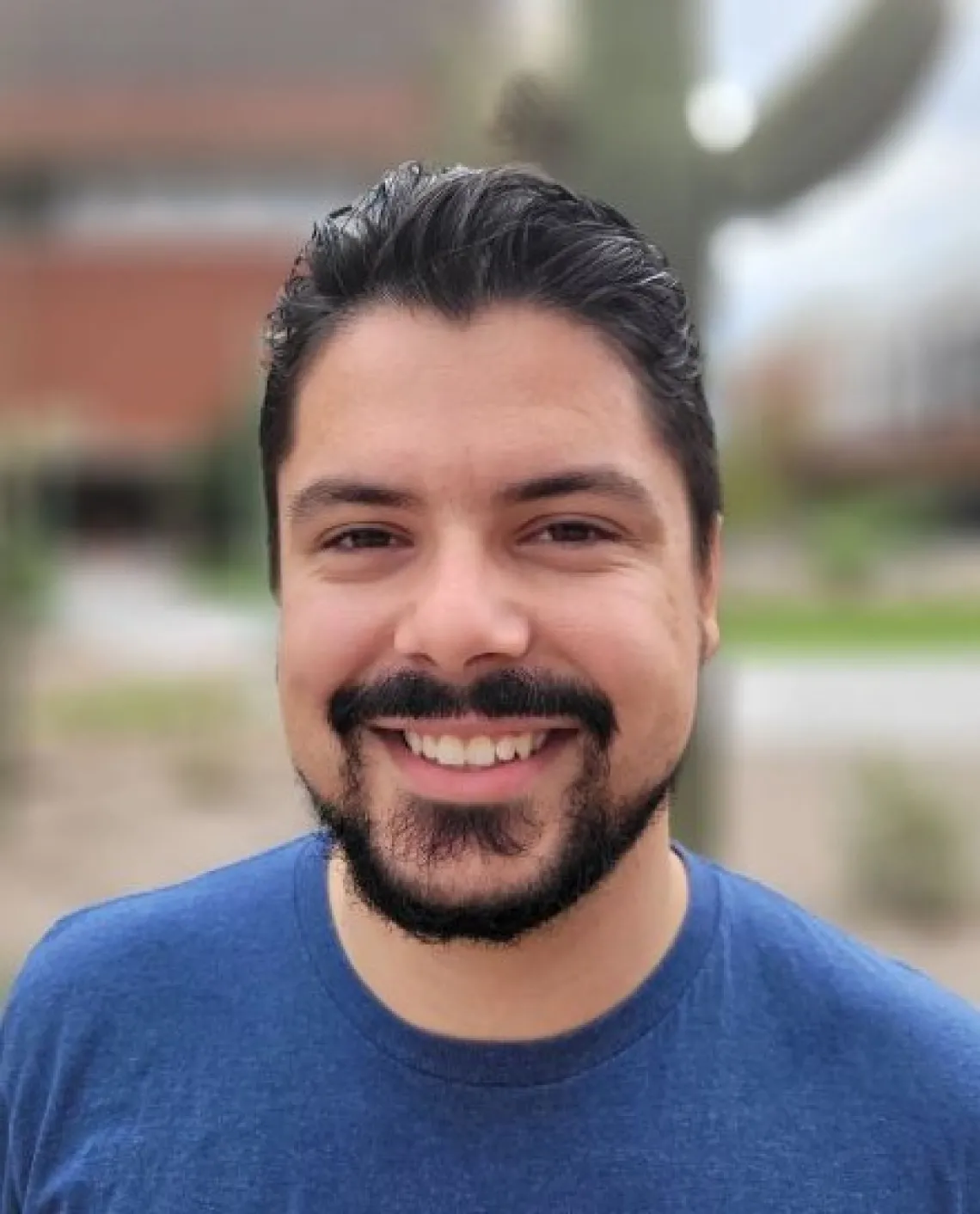Spotlight on Corbin Jensen - F31

Hello Graduate Students,
I first met Corbin in 2018 when he applied to the NSF GRFP. I helped him along that process, and, in the subsequent years, he has helped me help other students. Corbin has some advice for any fellowship applicant, but particularly those in the health sciences.
Shelley
Hi!
My name is Corbin Jensen, and I am a fifth year PhD candidate in the Cancer Biology graduate interdisciplinary program. My research focuses on tumor hypoxia, or low oxygen concentrations, and tumor aggressiveness. More specifically, I am studying how tumor hypoxia increases invasion and metastasis in the context of prostate cancer. Throughout my graduate career, I had several unfunded applications, but I was successfully awarded an NIH F-31.
My fellowship success story is really a fellowship perseverance story. I first applied for the National Science Foundation Graduate Research Fellowship Program (NSF GRFP) in 2018. The NSF doesn’t fund cancer research typically and isn’t designed to fund research that works with animal models; my research lab did both of these. While I knew success was unlikely, I wanted the practice of grant writing. I was pleasantly surprised when I received an Honorable Mention. The comments I received from my reviewers were primarily along the lines of “great job, but this is better suited for the National Institutes of Health (NIH), not the NSF”. Although I didn’t get the funding, the application was a success in terms of giving me more confidence and experience.
I took the NSF reviewers’ comments to heart and applied for a NIH F-series fellowship later that year. After many weeks and months of work, I submitted my application and waited months to receive the reviewer comments. The NIH F31 reviewer scores are between 5 – 25 with 5 as the best possible score. Reviewers #1 and #3 both gave me scores of 10, reviewer #2 gave me a score of 18! This total score of 38 was above the funding line, so I did not receive the fellowship. My initial response was anger followed by apathy. I wanted to shake my fist at reviewer #2 and give them a piece of my mind. I also wanted nothing more than to throw up my hands and just give up.
Thankfully my advisor, family, and friends all helped me to keep going, keep my head up, and try again. I resubmitted my F31 in August of 2019 and, in February 2020, received a much better and very fundable score. However, everyone knows what happened in early 2020. Due to NIH COVID research, the NIH F31 funding budget was drastically cut; initially appearing like I was just outside this new funding line once again. Although I was happy with my score, not getting the funding was a big blow. But in late 2020 I received a notice from my program officer, and, through some budget magic, the NIH F31 program would now be funding my project. I was finally successfully awarded my F31 fellowship.
I definitely encourage graduate students doing health-related research to apply for the NIH F-series. It is a lot of work, but it is achievable. If you are considering applying to the NIH, here is a summary of some of the main lessons I’ve learned:
- Start early! The NIH F-series grants are comprised of over a dozen different documents and are typically over 30-40 pages when everything is said and done. Give yourself at least six months to work on the application.
- You can’t do this alone. This is literally true because the office of Sponsored Projects and the University of Arizona will submit your grant to the NIH on your behalf. Reach out to Sponsored Projects a couple months before the April, August, or December deadlines, and they will help you know what documents you need and will work with you to submit everything.
- Use the resources available to help you. The Cancer Center has an F Award Readiness (FAR) program. They will help you get a head start on the writing, help you prepare all the various documents needed, help you get in contact with Sponsored Projects, and help you hopefully stay mentally healthy and sane throughout the process. The Graduate Center Office of Fellowships has a summer program to help you meet your summer fellowship writing goals.
- Getting a “No” is okay. Most grants do not get funded on their first submission. This is not a defeat, or a denunciation of you or your research. This is an opportunity to improve and strengthen your fellowship, to present a new and better version of your work. Compared to initial submissions, resubmissions can be between 25-50% more likely to be funded.
- Know where to apply. The National Institutes of Health is made up of smaller institutes. The National Cancer Institute (NCI) is the biggest but has an F31 funding rate of only 25%. The National Heart, Lung, and Blood Institute (NHLBI) on the other hand has a success rate of around 40% so if your grant is on lung cancer, for example, apply to the NHLBI and not the NCI. Knowing where to send your fellowship can improve your likelihood of success.
The NIH F-series has one of the more challenging application processes. Applying and reapplying took a lot of time, effort, and energy. But throughout the process, I refined my project, clarified my career goals, worked more closely with my faculty, and was awarded good funding. All the work has definitely been worth the effort. Best of luck!

